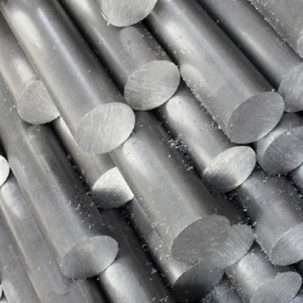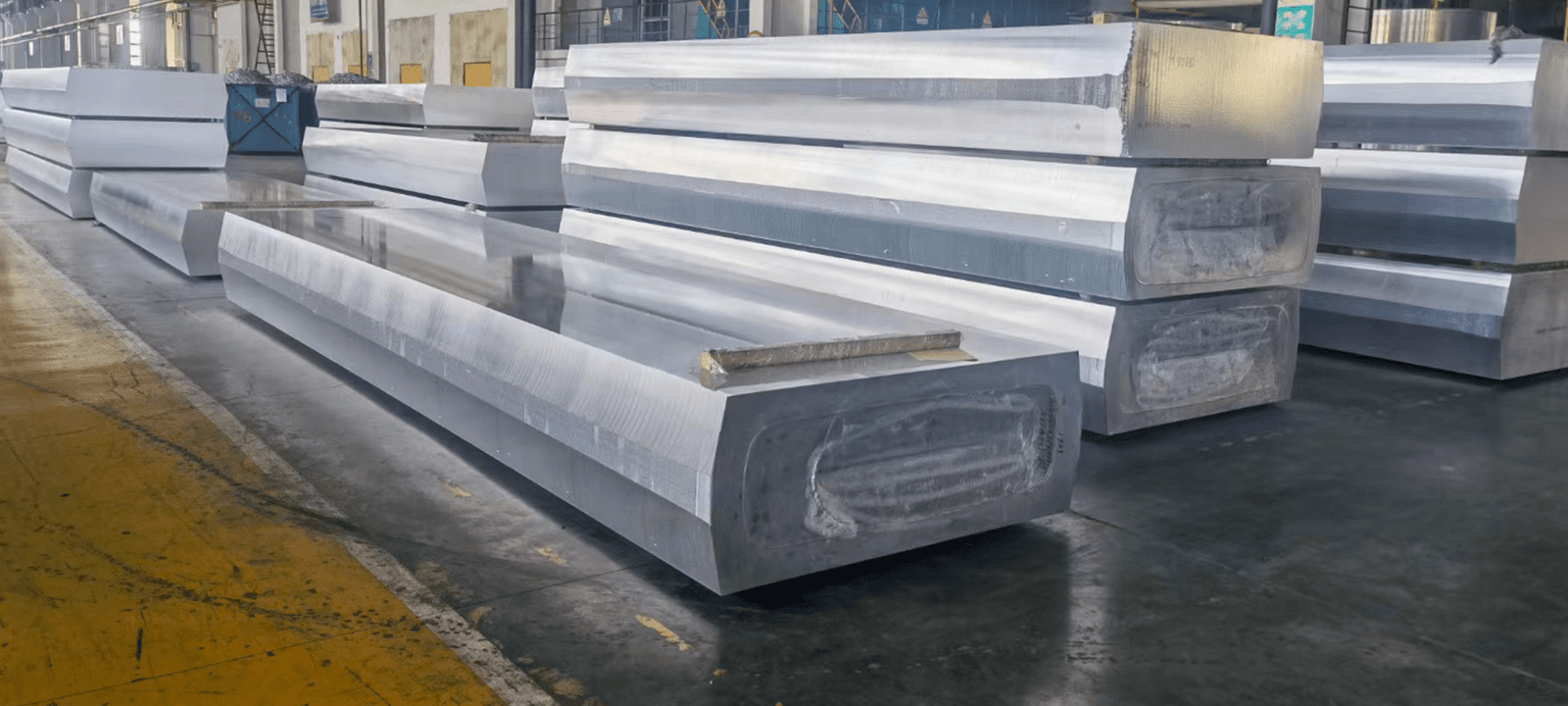Nimonic alloy 105
- It has good oxidation and creeps resistance.
- It can function under high mechanical stress and extreme temperatures
- It is predominantly used for high-temperature gas turbines
Description
Overview:
Nimonic Alloy 105 is a nickel-chromium-cobalt base precipitation-hardening superalloy. This high performing alloy available in three distinct types that include cobalt-based, iron-based, and nickel-based alloys. Various methods such as precipitation hardening, work-hardening, and solid-solution hardening are used to strengthen the alloy by the addition to aluminum, titanium, and molybdenum.
These methods further improve the creep resistance and oxidation of the superalloy. With different combinations of the composition elements, specific results can be obtained. The alloy is primarily used in the manufacturing and production of gas turbine components.
Common Names: W. Nr. 2.4634
Executive Standards:
- BS HR3
- UNS N13021
- DIN 2.4634
- ASTM C565
- WS 2.4634
- MSRR 7017
- MSRR 7018
Chemical Properties:
| Elements | Content (%) |
| Nickel | 51 |
| Cobalt | 18-22 |
| Molybdenum | 4.50-5.50 |
| Aluminum | 4.50-4.90 |
| Copper | 0.20 |
| Carbon | 0.12 |
| Silicon | 1 |
| Chromium | 14-15.7 |
| Iron | 1 |
| Titanium | 0.90-1.50 |
| Manganese | 1 |
| Sulfur | 0.010 |
| Zirconium | 0.15 |
| Boron | 0.0030-0.010 |
Mechanical Properties:
| Properties | MPa | psi |
| Tonsils Strength | 1150 | 167000 |
| Yield Strength | 770 | 112000 |
| Elongation | 25% | 25% |
Physical Properties:
| Properties | Metric | Imperial |
| Density | 8.01 g/cm³ | 0.289 lb/in³ |
| Thermal Conductivity | 10.89 W/mK | 75.58 BTU in/hr.ft².°F |
| Melting Point | 1327°C | 2420°F |
| Thermal Expansion | 12.2 µm/m°C | 6.78 µin/in°F |
Key Features:
- High creep rupture & oxidation resistance: Nimonic Alloy 105 owns high creep-rupture properties at certain temperatures, specifically around 1740°F (950°C). The Aluminum content in the composition is what enhances strength and oxidation resistance in the component.
- High-Temperature Resistance: The fabrication process begins with hot working at the temperature range of 1050-1200°C. It further goes through annealing, machining, welding, and hot temperature brazing. It is super-efficient to function in high temperatures, under high mechanical stress and places where high surface stability is required.
Product Forms Available
- Bar & Billet
- Rod & bar
- Rectangular/ profiled Extruded sections
- Extruded & cold work sections
Applications:
- Turbine discs
- Turbine blades
- Rolled rings
- Bolts
- Fasters
- Shafts
- Forgings
Possible Alternative Grades:
- Nimonic 75: This alloy a nickel-chromium based alloy that has titanium and carbon as additives. It is widely used for the manufacturing of turbine blades as it exhibits good corrosion resistance, heat resistance, and mechanical properties.
- Nimonic 90: This is a wrought nickel-chromium-cobalt base alloy that has titanium and aluminum as additives to improve the strength of the alloy. This alloy has high creep resistance and stress rupture strength. Hence, it is widely used in the manufacturing of turbine parts.
- Nimonic 115: Nickel, chromium, cobalt are the major elements of this alloy, whereas molybdenum, aluminum, and titanium are added to strengthen the alloy. This alloy can function at temperatures up to 1010°C, hence, widely used for the manufacturing of blades of aircraft gas turbines.
FAQs:
- What fabrication process Nimonic Alloy 105 goes through?
Nimonic Alloy 105 goes through the fabrication and various heating treatments, including cold working, welding, annealing, forming, and machinability.
- What is the heating treatment for Nimonic Alloy 105?
The solution goes through annealing for 4 hours at a temperature of 1149°C (2100°F), followed by air cooling. After this, the alloy is heated again for 16 hours at 1056°C (1925°F) along with air cooling. Now, the alloy is heated for 16 hours more at 849°C (1560°F). Finally, the process of air cooling is used for precipitation-hardening.
- What makes Nimonic Alloy perfect for gas turbine applications compared to other components?
Nimonic Alloy 105 is perfect for gas turbine applications due to its high creep-rupture properties.
Get A Free Quote Now!







